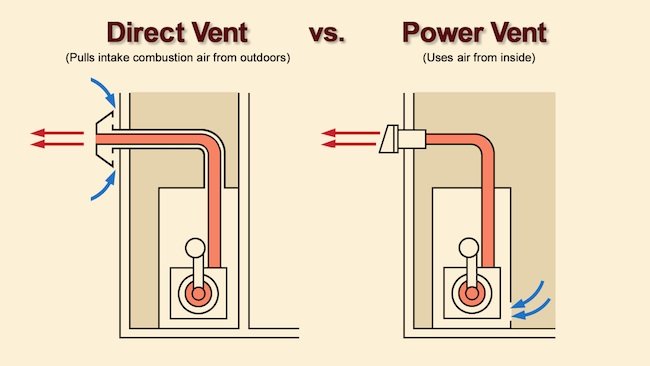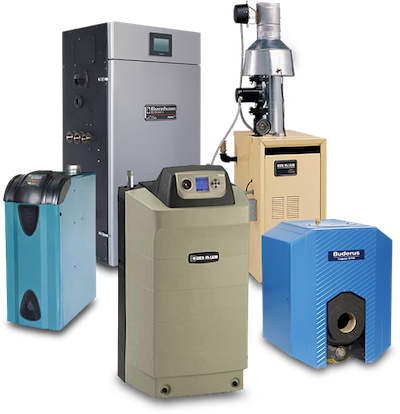We may earn revenue from the products available on this page and participate in affiliate programs. Learn More ›
This content has been brought to you by SupplyHouse.com. Its facts and opinions are those of BobVila.com.
Feel that chill in the air? Winter is coming. Now is the time to assess your heating system and replace any aging or malfunctioning components. The first thing to look at is your boiler—the most common heating source in any water- or steam-based system. Boilers use natural gas, oil, electricity, propane, or wood to create hot water or steam that heats your home through radiators, baseboard convectors, radiant floors, or fan-forced coils.
There are several different types of boiler technologies in the market today, including high-efficiency units designed to help homeowners rein in high heating costs. HeatingWise provides an in-depth explanation of the pros and cons of different types of boilers available. Be advised that if your heating system is more than 10 years old, you may be able to achieve substantial savings by upgrading to a newer model.
“While the old adage ‘if it ain’t broke, don’t fix it’ certainly still applies, older boilers were often grossly oversized for the heating load of the house,” explains Daniel O’Brian, technical expert at online retailer SupplyHouse.com. “This leads to a dramatic drop in efficiency and an increase in heating bills and maintenance visits. A heat loss calculation can determine whether your current boiler is properly sized for your home. It’s a good first step in deciding whether or not to replace it.”
Boiler Capacity
Boiler capacity is measured in BTUs, or British Thermal Units. This figure represents the amount of energy required to increase the temperature of one pound of water by one degree Fahrenheit. Every building has a unique BTU requirement based on its geographical location and climate, the number of windows and doors in the home, and the quality and amount of insulation in the walls and ceilings.
An easy rule-of-thumb for BTU requirements is to figure that you need about 50 BTU per square foot of interior space in a cold climate; 35 BTU per square foot in a moderate climate; and 20 BTU per square foot in a hot climate. As an example, if you have a 2,000-square-foot house in a moderate climate, you need a boiler that can produce approximately 70,000 BTUs. Use this handy BTU calculator to determine what size is appropriate for your home.
Boiler Efficiency
A key factor when shopping for a new boiler is the annual fuel utilization efficiency (AFUE) rating. This rating shows how effective the unit is in converting fuel into heating energy. “Replacing your boiler with a high-efficiency unit may seem like a no-brainer, however, these units require different operating conditions to reach their efficiency ratings,” comments O’Brian. “A straight-up trade may not net you much in the way of fuel savings without adjustments to the heating system.”
Any boiler with an AFUE rating of 85 percent or more is considered to be a high-efficiency boiler; many of these are Energy Star-certified, which means they meet strict energy-efficiency guidelines set by the U.S. Environmental Protection Agency. Most new oil furnaces today have AFUE ratings of between 80 percent and 90 percent, with their gas equivalents rating between 89 percent to 98 percent. Condensing boilers can reach ratings of over 95 percent when used with an outdoor reset modulation feature that accounts for outdoor temperatures. Electric boilers are nearly 100 percent efficient because they produce no waste gas; they can be a good option in areas of the country where electricity costs are low.

Boiler Venting Requirements
Another consideration when shopping for a new boiler is selecting a venting system that will work within your home. Chimney-vented boilers exhaust naturally through a chimney, while power- and direct-vent boilers use fans to push exhaust through a roof or side wall vent. Since power-vent boilers use air from inside they can be installed only in open rooms, not in tight closets or crawl spaces. Condensing boilers have special venting requirements due to the acidity of the condensate that they produce.

